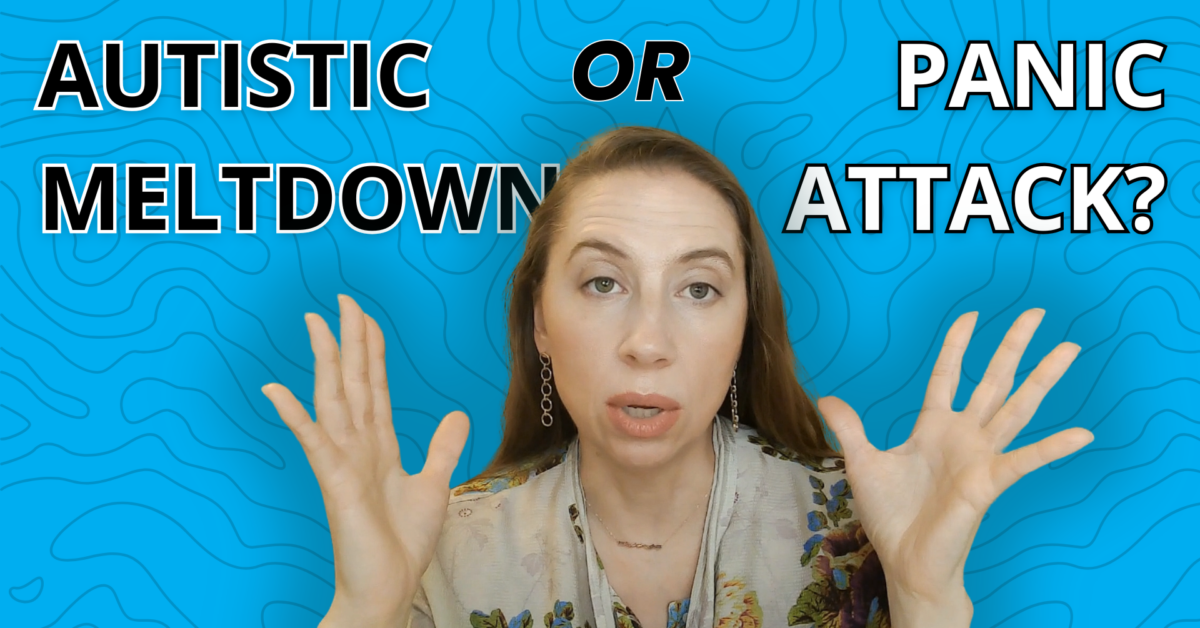I’m going to start off with two scientific facts. Autism involves both genetic and environmental risk factors.
- Healing from autism is possible. This is a scientific fact. Currently, 9% of those diagnosed with autism heal completely.
- Clinical and population-based studies of those with autism report poor long-term outcomes regarding education, employment, independent living, and peer relations. So we’re going to delve into that topic a little bit more.
Autism And Life
Individuals with autism appear to be at substantially heightened risk for death from injury. In 2017, an analysis was done on those in the United States with autism who died between 1999 and 2014. The researchers there looked at the cause of death.
- The mean age at death for individuals with autism was 36 years compared with 72 years for the general population.
- Of the deaths in individuals with autism, 28% were attributed to injury, with suffocation being the leading cause of injury mortality, followed by asphyxiation and drowning.
These are the scientific facts of those who live with autism – and it is very sobering.
Autism, Life & Sweden
Researchers in Sweden also wanted to analyze autism and mortality. They wanted to do it in countrywide. Here’s a quote from the republication,
‘’Compared with mortality statistics from the general population or general population controls, the risk of premature mortality has been estimated to be twofold to 10-fold higher in the autism population.’’
There are quite a few studies looking at the mortality of those with autism. Universally, what’s found is that those with autism live less than those without autism.
The researchers wanted to understand all-cause and cause-specific mortality in Sweden. So they really wanted to get very specific and understand certain aspects of autism relating to death.
The Methods
They looked at those in Sweden from 1987 to 2009, that had a diagnosis of autism, Asperger syndrome, atypical autism, PDD-NOS, other childhood disintegrative disorder, and other PDD.
In the present day, most of those diagnoses are now just labeled autism, but since they were looking from 1987 to 2009, they wanted to cover all that is considered autism now, even if the diagnosis labels were different in the 80s.
Classifications Of Death
They really wanted to understand all causes, and they looked at these kinds of classifications of death:
Infections neoplasms, endocrine, mental and behavioral disorders, diseases of the nervous system, the circulatory system, the respiratory system, digestive system, genital urinary system, congenital malformations, abnormal findings not elsewhere classified, intentional self-harm or suicide, and other.
Results
- The average age of death for the entire autism group was 54 years whereas individuals in the control group died at an average age of 70 years.
- Mortality was significantly elevated in both genders relative to the general population.
- All-cause mortality was increased in both low-functioning and high-functioning autism groups.
Conclusions
- The most common cause of death in the low-functioning group was epilepsy.
- In contrast, the high-functioning autism group had a significantly more elevated suicide risk.
The researchers concluded,
‘’Thus, our results add to the accumulating evidence indicating that autism accounts for substantial health loss across the lifespan.’’
As a parent, the conclusion that you’re probably coming to is that healing from autism is possible, and can help your child live a longer life. This is your motivation. This is why you are reading as much as you can, while you’re going through all these different appointments.
Having autism is serious whether it’s low-functioning or high-functioning, it still can affect your child’s life, how long they can live. The best first step in healing autism is making sure your child’s diet is nourishing them, and not causing any inflammation or any other problems in their body.



